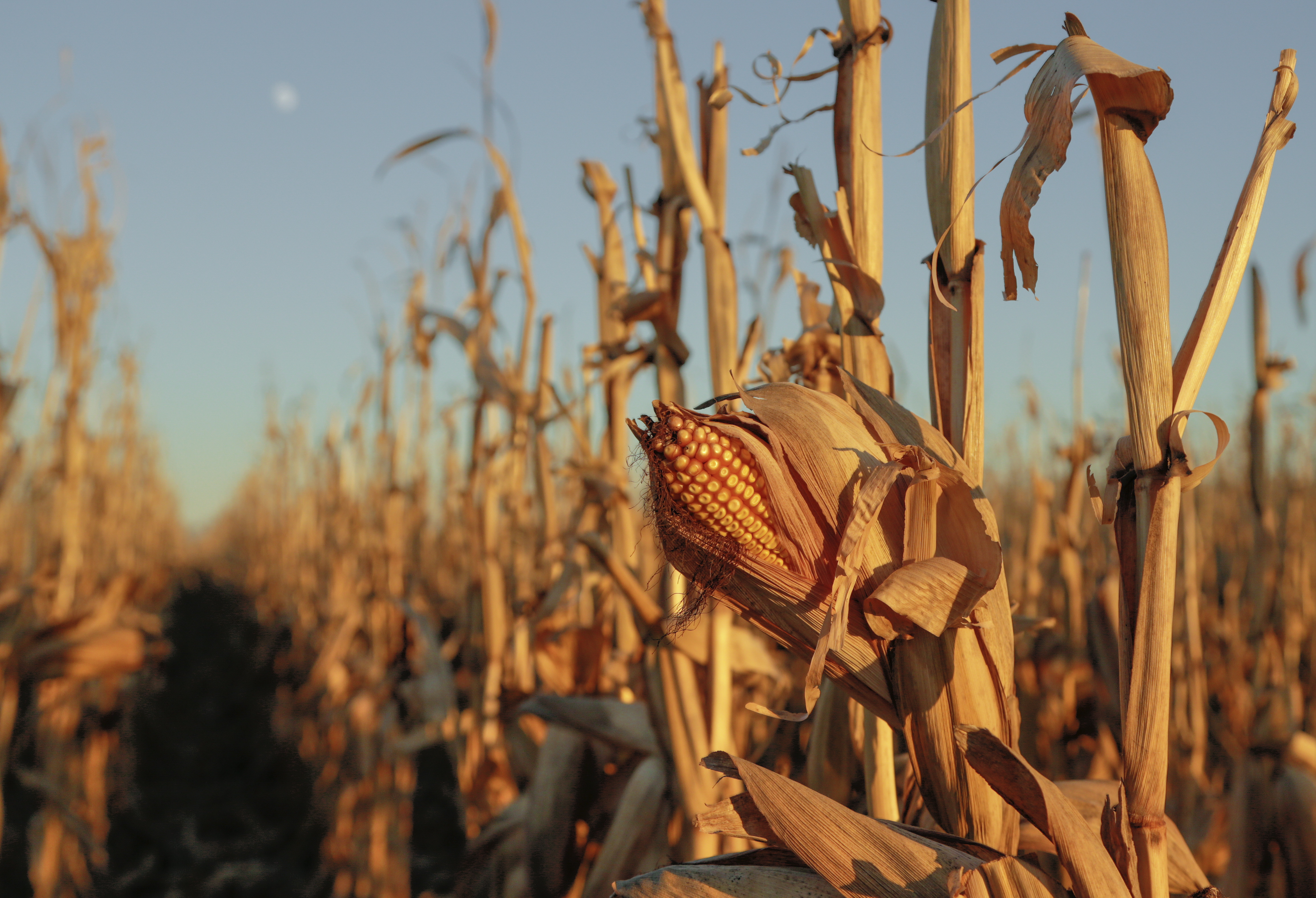population

By 2050, Earth will be home to 10 billion people. Can we feed them all without devastating the planet? Read More...
If you strolled around Wall Street in the 1950s, you’d see hoards of dark-suited businessmen bustling about, briefcases in hand. Visit today, and the view is a little different: the businessmen are still there, but they’re accompanied by something else: strollers. Leigh Gallagher, author of “The End of the Suburbs: Where the American Dream is Moving,” and Alan Ehrenhalt, author of “The Great Inversion and the Future of the American City,” say this is a trend that’s reshaping cities all over America. Once a place where people went to work - not live – younger generations are increasingly choosing to make the inner-city their home.
When you think of farming in America, the first things that come to mind are probably picturesque golden cornfields, or dairy farmers rising at the crack of dawn to milk their cows. But, according to demographer Joel Kotkin, a new crop is on the rise in Los Angeles, and it says a lot about how America’s population is changing. The crop in question? Bok choy, a leafy cabbage popular in Asian cuisine (“of course,” Kotkin jokes, “there’s another crop that may not be quite as legal that might have higher numbers”).
What will the world of tomorrow look like? The frozen, post-apocalyptic wasteland of The Day After Tomorrow, perhaps? According to Michio Kaku, professor of theoretical physics at the City College of New York and author of the recent book The Physics of the Future, not quite. He lays out his predictions and solutions for two major issues facing the world of 2100: growing population and climate change. Read More...



